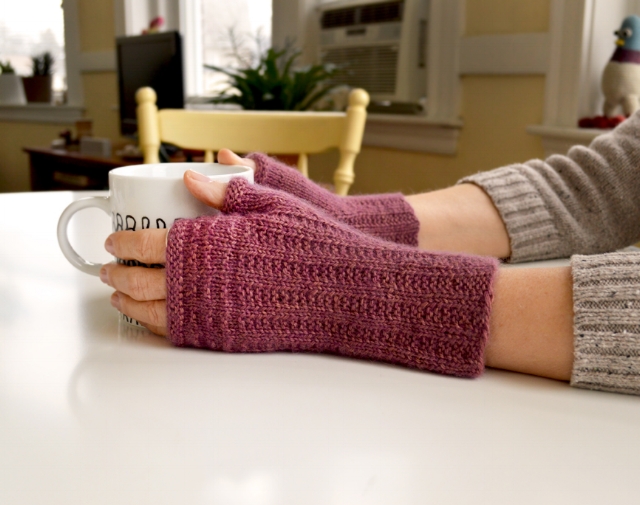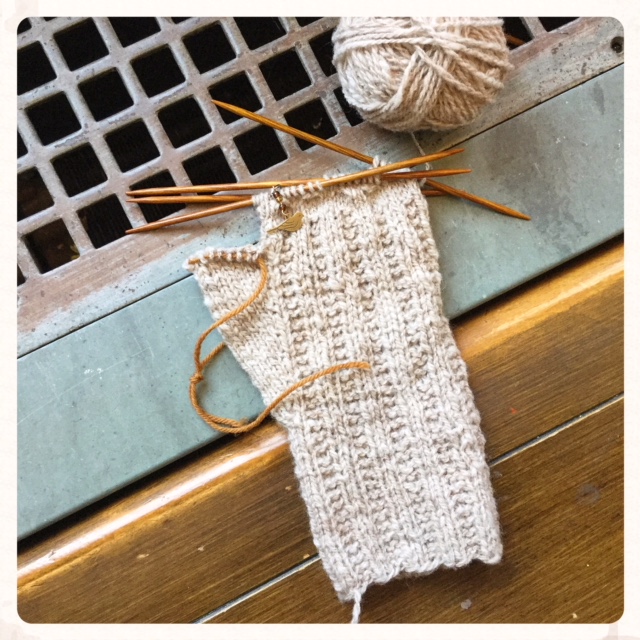Catbird — a new crescent shawl pattern — has winged its way into my Ravelry pattern store. I designed it especially for the Rhinebeck 2018 colorway of Periwinkle Sheep Watercolors sock yarn. (Isn’t the color gorgeous? I was thrilled when I opened the package of yarn last summer.) The yarn and the shawl will be at Rhinebeck this weekend — find them in Building A, in The Spinning Room booth. To celebrate, Catbird is on sale through October 24. Use the coupon code CATBIRD25 to save 25%.
I was honored when Karin of Periwinkle Sheep asked me to design something with her beautiful yarn. As always, her Rhinebeck colorway is exclusive to the festival, and when it’s gone, it’s gone. So get there early in the weekend, if you don’t want to miss out.
Catbird is worked from the bottom up, with short rows in the garter stitch section creating the gentle crescent shape. It’s the kind of shawl that spans seasons — carrying you from fall through winter and into spring with ease. It’s also a quick knit, making it a great gift idea. The lace is engaging but not complicated, and it’s provided in both a chart and written form. So if you’re not a fan of charts, you’ll be fine.
Here’s hoping for great weather this weekend. If — like me — you’re still knitting your sweater — good luck!





























